6,7-Bis(2-methoxyethoxy)quinazolin-4-(3H)-one CAS:179688-29-0
| Catalog Number | XD95297 |
| Product Name | 6,7-Bis(2-methoxyethoxy)quinazolin-4-(3H)-one |
| CAS | 179688-29-0 |
| Molecular Formula | C14H18N2O5 |
| Molecular Weight | 294.3 |
| Storage Details | Ambient |
Product Specification
| Appearance | White powder |
| Assay | 99% min |
6,7-Bis(2-methoxyethoxy)quinazolin-4-(3H)-one is a complex organic compound with potential effects and applications in various areas, including medicinal chemistry, drug discovery, and material science.One possible effect of this compound is its ability to act as an inhibitor or modulator of specific targets in biological systems. The quinazoline scaffold is commonly found in FDA-approved drugs and has been shown to possess various pharmacological activities. By targeting specific enzymes, receptors, or other biomolecules, this compound could potentially exhibit therapeutic effects such as anti-cancer, anti-inflammatory, or anti-viral activity. Research and testing would be required to determine its specific effects on different targets and diseases.Additionally, the presence of the 2-methoxyethoxy substituents in the molecule can influence its solubility and bioavailability. This property may be advantageous for formulating the compound into dosage forms, as it can enhance its absorption and distribution in the body. This could potentially lead to improved therapeutic outcomes and reduced side effects.Another possible application of this compound lies in its potential as a building block for the synthesis of new materials with desired properties. The quinazoline core, coupled with the methoxyethoxy side chains, can provide unique structural features that can be modified and functionalized for various applications. It could be used as a precursor for the development of organic dyes, pigments, or functional polymers that can exhibit specific optical, electronic, or photovoltaic properties. The compound's potential as a building block for materials science would require further exploration and optimization.Furthermore, this compound's functionality and structure suggest it may be suitable for use in catalysis. Organic catalysts play a crucial role in chemical transformations, and the presence of the quinazoline scaffold in this compound can potentially provide new opportunities for designing efficient catalytic systems. The modification of the substituents or functional groups on the compound could enable selective and controlled catalytic reactions.In summary, 6,7-Bis(2-methoxyethoxy)quinazolin-4-(3H)-one has potential effects and applications in medicinal chemistry, material science, and catalysis. It could act as an inhibitor or modulator of specific targets in biological systems, potentially exhibiting therapeutic effects. The compound's structure also makes it a suitable candidate for the development of new materials with desired properties, as well as for exploring catalytic applications. Further research and investigation are necessary to fully understand the effects and applications of this compound.


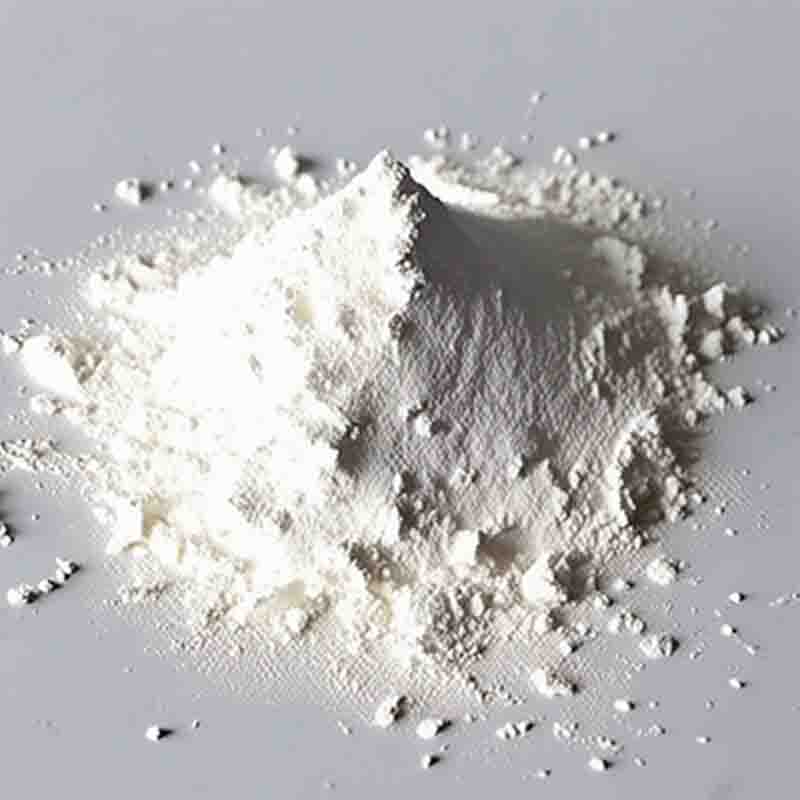


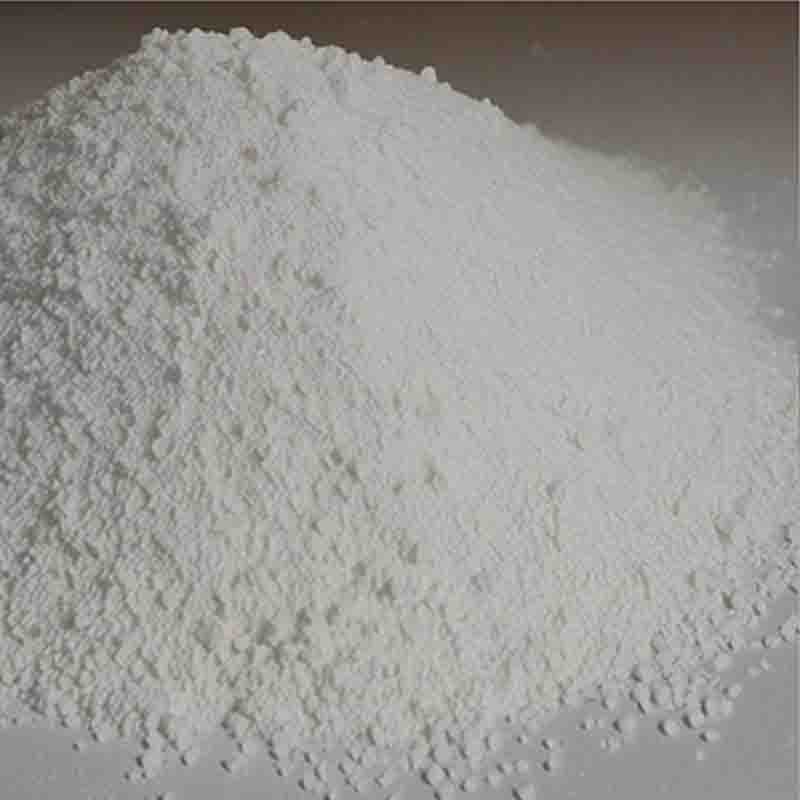
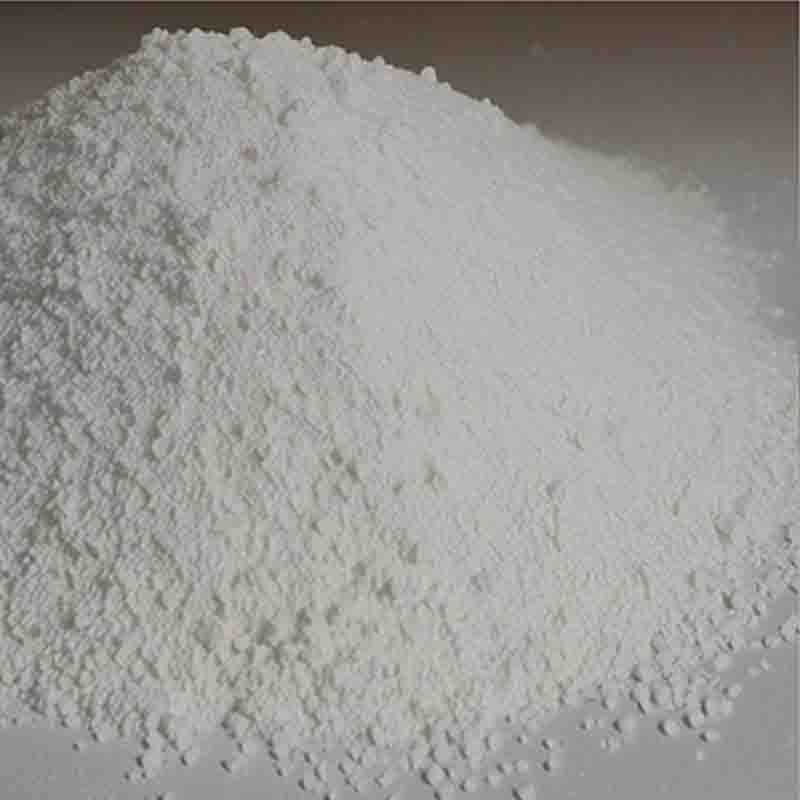
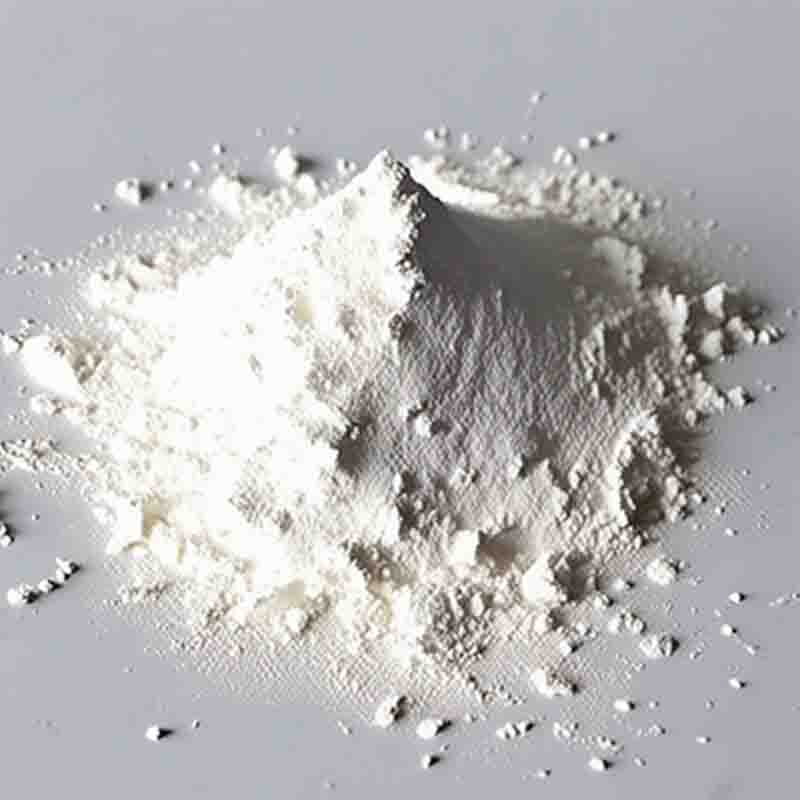
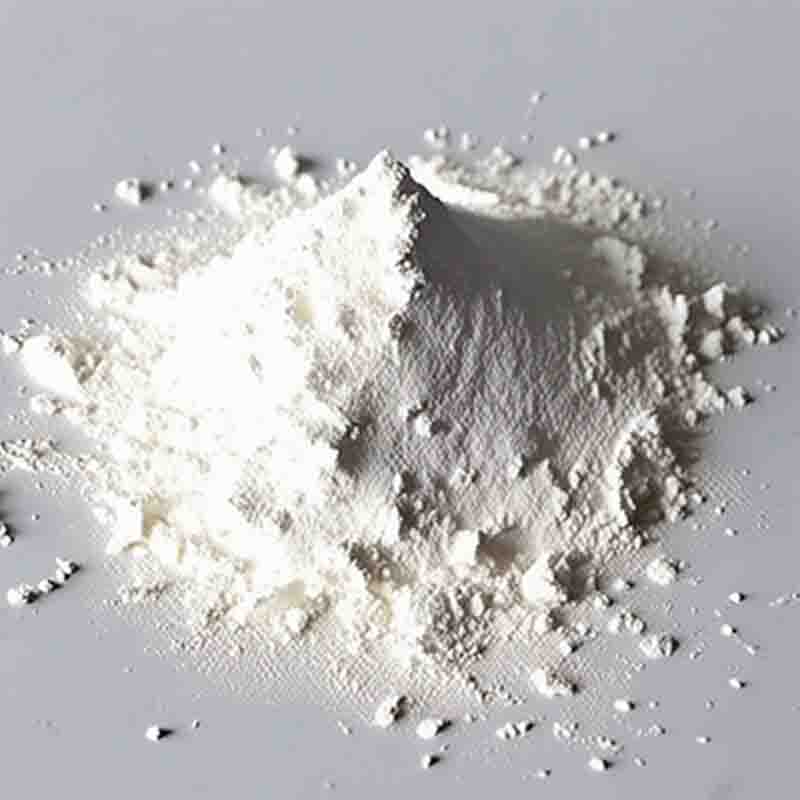
![N-(4-Bromophenyl)-[1,1'-biphenyl]-4-amine CAS: 1160294-93-8](https://cdn.globalso.com/xdbiochems/白色粉末21575.jpg)